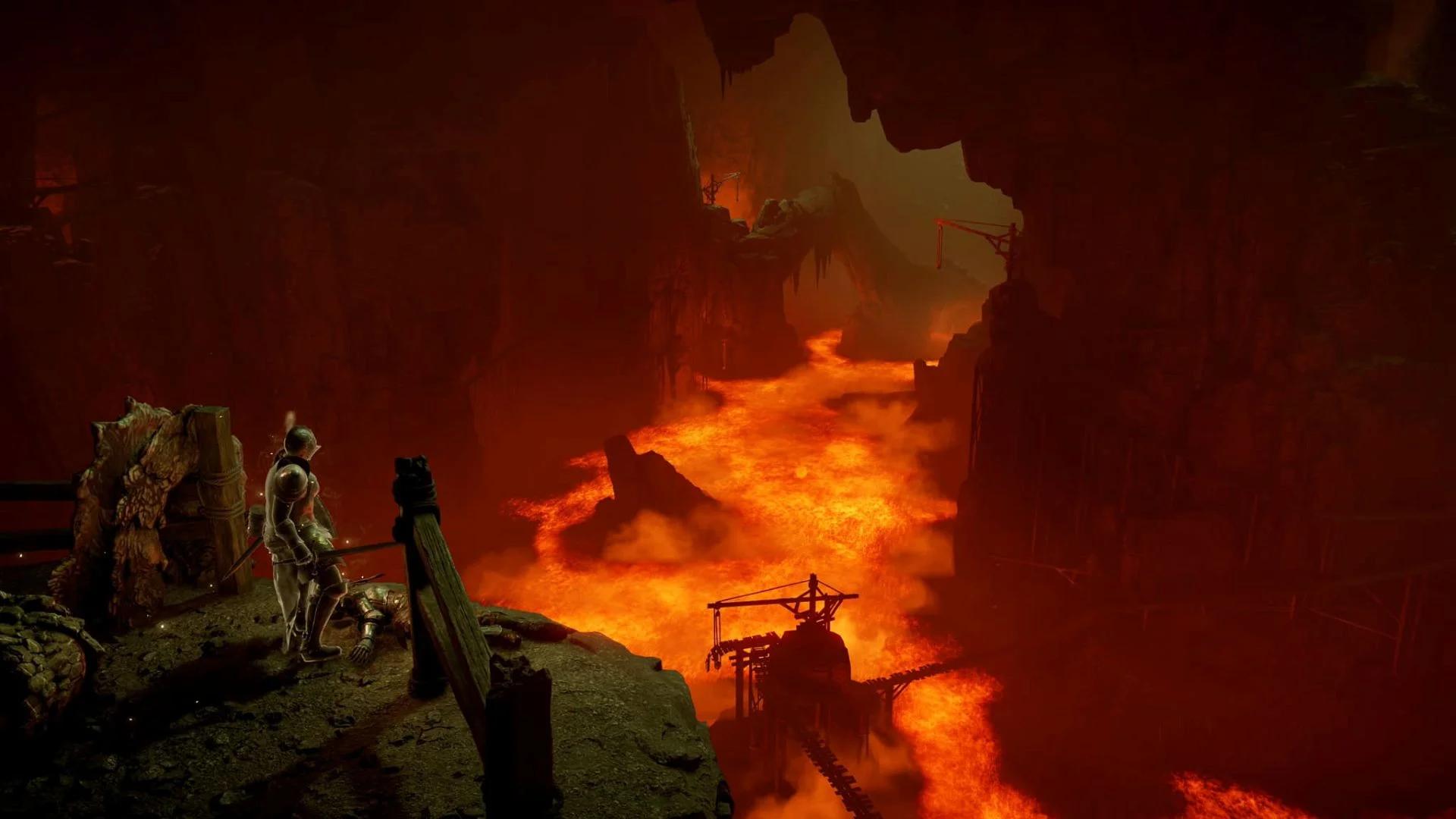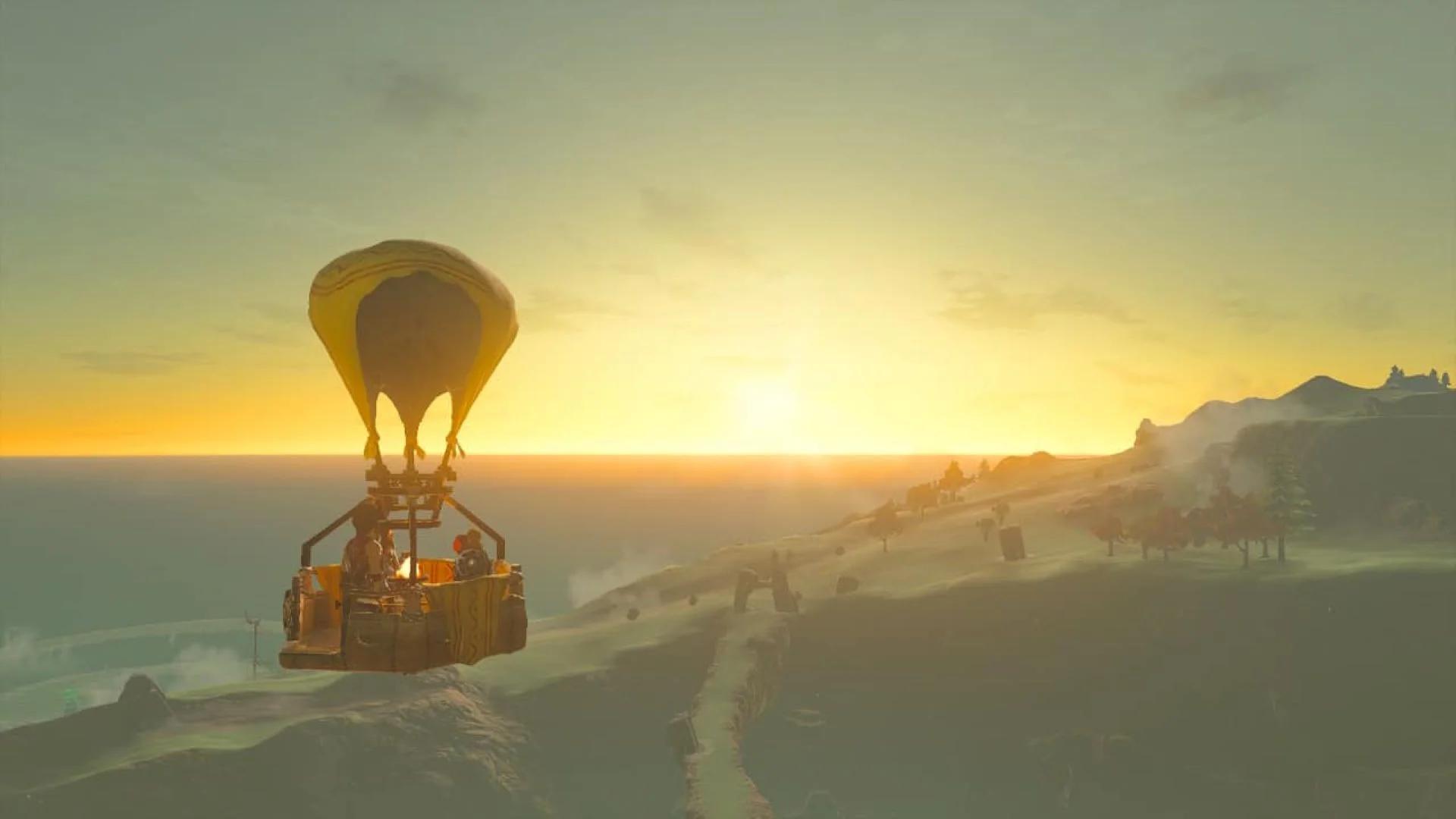
I yearn for that immersive sensation of getting lost within video game worlds, as the allure of unearthing the uncharted in foreign territories has consistently enticed me since my early gaming days. Recently, however, games have opted for a more user-friendly approach to exploration, providing minimaps, distinct markings, and even conspicuous pointers to guide us to our next destination.
I value these accessibility features, yet I yearn for an experience where I can explore and discover on my own instead of relying too heavily on assistance. It’s not a problem for players who prefer straightforward journeys from point A to B, but having been raised on games with minimal guidance, I’ve come to appreciate the enchantment that gets lost when everything is clearly mapped out—the thrill of uncertainty and solving puzzles as I go.

Occasionally, it can be exasperating when you’re unsure about where to direct your attention. For instance, my initial encounter with Dark Souls left me oblivious to the Catacombs area that led to Gravelord Nito and the Tomb of the Giants. It wasn’t until I had already vanquished numerous bosses on the opposite side of the map that I discovered its existence.
For me, exploring Nokron, the subterranean metropolis of Elden Ring, was a standout moment – a demonstration of the game’s remarkable exploration aspect. While meandering through the Mistwood, I stumbled upon what seemed like an endless elevator ride. At its depth, I discovered a star-studded underground city with numerous arrows lodged within my character.

In Kingdom Hearts 1, navigating the Deep Jungle map was quite challenging because Sora didn’t have clear directions on where to locate those apes. I found myself making the trio swing and climb through tree tops repeatedly, hoping to initiate a scene. At that time, there was no option to skip cutscenes.
In most open-world games, aimless wandering is minimized by adding landmarks and guidance systems, making navigation easier. However, recent Zelda titles, especially Breath of the Wild, successfully convey an atmosphere of exploration and discovery. There aren’t specific goals; instead, players are free to roam and uncover hidden gems (or perhaps a secret boss battle lurking in a remote corner). On the other hand, I found the Sheikah Sensor somewhat bothersome.

Mobius Digital’s Outer Wilds is another amazing demonstration of exploration and discovery, pushing the boundaries by setting you adrift in a virtual solar system filled with planets and asteroids that orbit around one another. It’s an intriguing journey through space, and I can’t help but recommend it to anyone who has a curiosity for science fiction.
Pondering over my errors becomes inevitable when I find myself at a loss. Did I overlook a step? Was there a control I activated not long ago? Back in the day, such moments could be aggravating due to heavy reliance on user interface instructions. However, contemporary games have evolved this concept, reducing the need for UI guidance and incorporating more immersive elements, such as world-embedded compasses. Elden Ring excels at this, using the Light of the Erdtree to subtly guide players from Sites of Grace.
Perhaps I’m longing for a sense of nostalgia, but I yearn for the magic in today’s games to return – more authentic environments, fewer visual cues, and no continuous arrows pointing the way. I want to explore and get lost. I don’t desire to be directed to the next goal. Different strokes for different folks, though.
Read More
- 10 Most Anticipated Anime of 2025
- Gold Rate Forecast
- Grimguard Tactics tier list – Ranking the main classes
- USD MXN PREDICTION
- Castle Duels tier list – Best Legendary and Epic cards
- PUBG Mobile heads back to Riyadh for EWC 2025
- Silver Rate Forecast
- Brent Oil Forecast
- USD CNY PREDICTION
- How to Watch 2025 NBA Draft Live Online Without Cable
2025-03-27 15:42